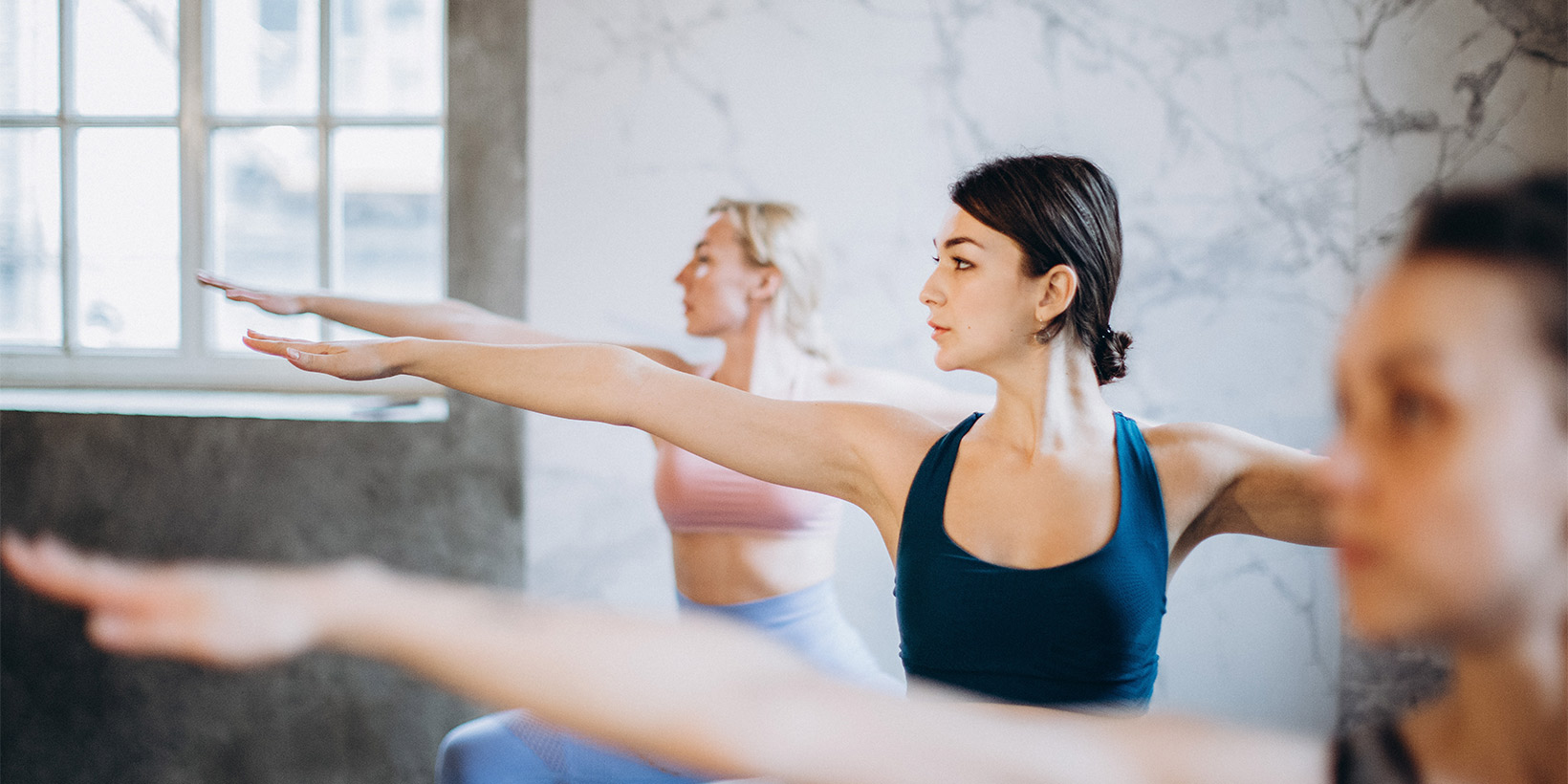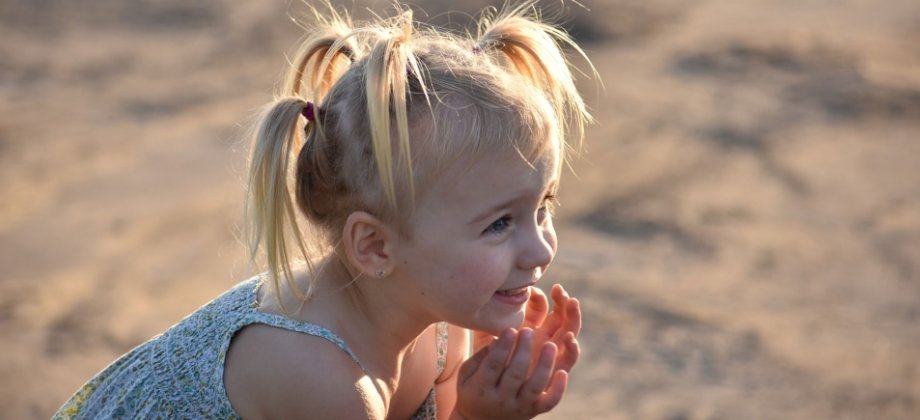
Trauma-Informed Yoga and How to Make Your Classes Trauma-Sensitive
As you know, people come to yoga for all sorts of reasons. Some want to heal physical ailments, while others want to reduce stress. But did you know a significant amount of yogis turn to the practice for emotional healing and trauma recovery?
A shocking statistic by the World Mental Health Survey Consortium revealed that around 70% of the world's population has experienced trauma on some scale. This means, regardless of where you are in the world, it's entirely possible that over half of your students have experienced something traumatic during their life.
Why is it important to know this? Because trauma has life-long effects on multiple aspects of our lives. No matter how long ago a traumatic event occurred, specific things can remain triggering many years later.
So, if you're passionate about creating a safe, calming space for your students, following a trauma-based approach in your classes is a must. Read on to discover how trauma-informed yoga can facilitate healing and how you can make your sessions more trauma-sensitive.
What Is Trauma-Informed Yoga?
Trauma is a physical or emotional response to a highly distressing event that causes overwhelm, inability to cope, intense emotions, and even a complete nervous system shutdown. Because trauma is in the mind and body, a practice like yoga can feel extremely challenging and overwhelming to trauma sufferers.
The trauma-informed yoga teaching approach is mindful of what may be triggering to yogis who have experienced trauma. In addition, because trauma sufferers can experience dissociation from their bodies, trauma-informed yoga focuses on increasing embodiment (being within your body) rather than on how the pose looks.
A trained trauma-informed yoga teacher creates a safe, secure, and predictable environment and guides the students through the experience in a supportive way. The purpose is for students to observe sensations and emotions that arise without feeling triggered or overwhelmed and, eventually, move through that emotional discomfort.
This may seem a bit over the top, but remember, you don't know what is happening inside their heads.
Trauma-Informed Teaching Ideas
Considering around 70% of the population has experienced trauma, it makes sense to use a trauma-based approach in all your yoga teaching. However, this doesn't mean you must completely change your classes. Instead, some minor adjustments can significantly make your sessions feel safer and more inclusive.
Here are a few ideas to get you started.
Give Suggestive Not Commanding Cues
There are two ways to give cues: a command or a suggestion. Many yoga instructors are taught to provide commanding cues like "lift your leg" or "sink your hips," where you tell your students exactly what to do. This style of cueing separates you from them and makes it clear you are the authority figure.
Suggestive cues, on the contrary, bring you down to the level of your students and create a feeling of equality. To make a cue suggestive, use the word "we" or add "ing" to what you want them to do. For example, "lift your leg" becomes "lifting your leg," and "sink your hips" become "then we sink our hips down."
Suggestive cues are more empowering for the student and, thus, allow them to focus more on how the pose is feeling in their body.
Encourage Choice And Modifications
Along with making your language more inviting, it's best to offer every pose as a choice rather than something mandatory. For example, when giving variations or explaining ways to go deeper into a posture, use phrases like:
"Maybe you'd like to…."
"Or if it feels good, you can try…."
"Feel free to explore…."
This way, you're showing your students that there is no right or wrong way to do a pose and that they are free to listen to their bodies and choose for themselves.

Don’t Give Hands On Adjustments
Many peoples' traumas are related to their bodily autonomy being taken from them. So if you want to make your classes trauma-sensitive, the best thing to do is avoid giving any hands-on assists.
If you do want to give hands-on adjustments, make sure you ask a student for permission every time. This means even if they opted in for assists at the beginning of the class, check in again before putting your hands on them.
This may seem a bit over the top, but remember, you don't know what is happening inside their heads. They may have felt fine at the beginning of class, but halfway through, difficult emotions may have come up, and now receiving adjustments could be triggering.
I also recommend having a private way for students to opt out of adjustments, such as placing small cards or chips at the top of each student's mat. That way, if they decide they don't want to be touched, they can turn the card or chip. This is important because they might feel scared to tell you verbally. Of course, make sure all your yogis know how this system works.
Be Extra Mindful With Vulnerable Poses
Of course, some poses can make students vulnerable, triggering trauma responses. For example, Happy Baby and Knees-To-Chest are two obvious ones that you may decide to avoid altogether.
Savasana is another highly vulnerable pose, as it requires students to close their eyes. So I recommend either making it clear that closing their eyes is not mandatory or using more mindful language, such as "soften your gaze" instead of "close your eyes."
Becoming A Trauma-Informed Yoga Teacher
To work solely with this demographic, you'll need to do trauma-informed yoga teacher training. Most yoga teachers choose to do this as a 20 to 50-hour continuing education course, but there are also some 200-hour trauma-informed yoga TTCs.
Trauma-informed yoga teacher training isn't just for people who want to focus on this niche. You'll gain many eye-opening insights and ideas that you can introduce in all your classes. Thus, a trauma-informed yoga continued education course will significantly improve your teaching skills and make your lessons more inclusive and healing.
Final Thoughts
As professionals passionate about facilitating healing for others, bringing a trauma-conscious approach to our classes is a no-brainer. Even if you cannot do a trauma-informed YTT right now, start by making the simple adjustments mentioned above, creating a safer, more comforting experience for your yogis.






